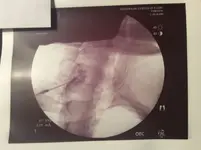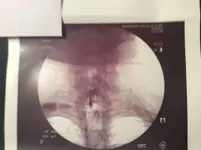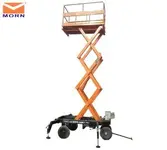Xraywolf
Silver Member
Circular saws are probably the safest of the saws that can maim, mostly due to their typical use. If it starts to bind you can instantly feel it and back off, or worse case it starts to come back at you which is no problem so long as you have a good grip on it and let off the trigger immediately.
Cutting small parts can be the most dangerous of all on all saws, I absolutely hate cutting small parts on a table saw and avoid doing it like a plague, but sometimes you have to. I always subconsciously put my chin towards my chest, specifically to avoid a throat shot ,, And of course safety glasses are mandatory no matter what, I never cut anything on the job or at home without them, even using a dremel I use them.
I never was much into the residential end, mostly industrial for me but I have done my fair share or roughing/framing over the years and I still do on the side occasionally.
I know guys that take their circular/chop saw blade guards clean off as a nuisance, I refuse to use them and have taken to bringing my own power tools when I work on the side just so I don't have to use some idiots stricken tool. Powerful, exposed, sharp spinning blade, not a question of if but when something bad will happen.
Cutting small parts can be the most dangerous of all on all saws, I absolutely hate cutting small parts on a table saw and avoid doing it like a plague, but sometimes you have to. I always subconsciously put my chin towards my chest, specifically to avoid a throat shot ,, And of course safety glasses are mandatory no matter what, I never cut anything on the job or at home without them, even using a dremel I use them.
I never was much into the residential end, mostly industrial for me but I have done my fair share or roughing/framing over the years and I still do on the side occasionally.
I know guys that take their circular/chop saw blade guards clean off as a nuisance, I refuse to use them and have taken to bringing my own power tools when I work on the side just so I don't have to use some idiots stricken tool. Powerful, exposed, sharp spinning blade, not a question of if but when something bad will happen.











 Thought I was going to slice my hand in half with guy wires while hanging snowflakes over my driveway, my gloves were on the ground so I had to abort mission and grab the gloves.
Thought I was going to slice my hand in half with guy wires while hanging snowflakes over my driveway, my gloves were on the ground so I had to abort mission and grab the gloves.
